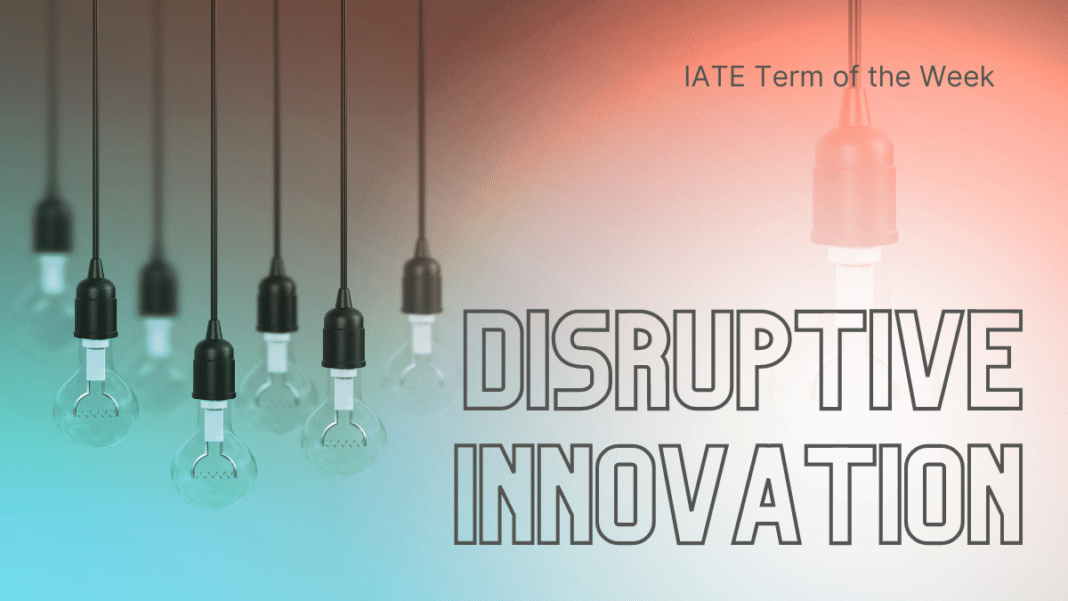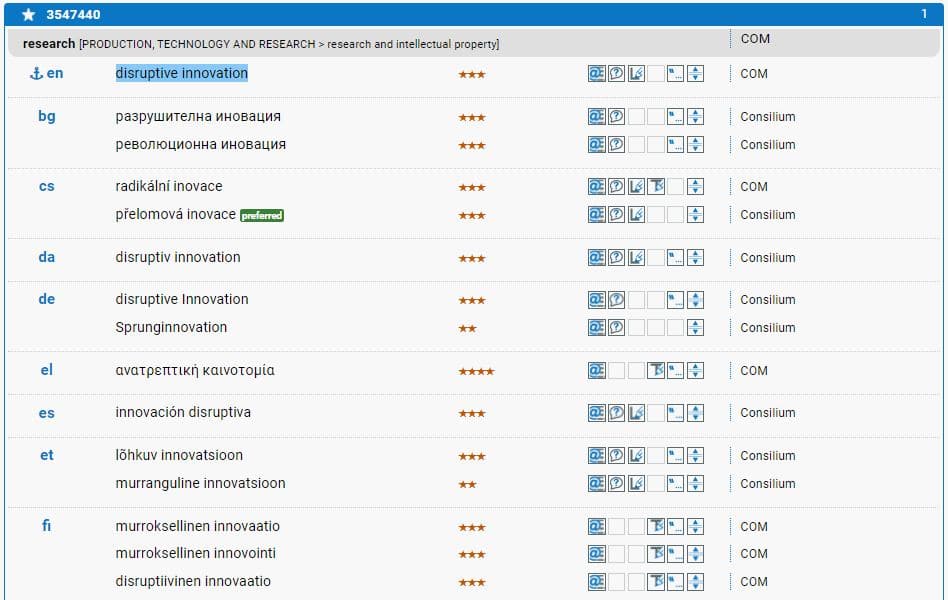In our modern times, breakthrough innovations are on everyone’s lips. With their growing popularity, the relevant terms have started to be used also by non-experts and they can sometimes be used inaccurately. One of these terms is “disruptive innovation”.
A disruptive innovation is a new process that makes a product or service more affordable or accessible, so that a larger share of the population can use it. As examples of disruptive innovations, Airbnb and Netflix are often mentioned. These two well-known platforms are the alternatives that disrupted the markets of hotels and on-screen entertaining. In this article, we will explain from where the term “disruptive innovation” comes and clarify for what it stands.
The origins and the use of the term “disruptive innovation”
The term “disruptive innovation” was created in the 1990s by professor Clayton Christensen of the Harvard Business School and is the key concept of the so-called Disruptive Innovation Theory. It is now widely spread and established in all industries. In 1995 a related article was published in the Harvard Business Review, “Disruptive Technologies: Catching the Wave”. Soon after, in 1997, the Theory of Disruptive Innovation became known mostly thanks to the book The Innovator’s Dilemma.
Despite its popularity, there are misunderstandings about what a “disruptive innovation” is and what the up-to-date theory of disruptive innovation entails. A disruptive innovation is not a new technology but a process that employs a new technology to make a product or service more accessible for a wider segment of the market. The adjective “disruptive” itself has been mistakenly referred to any novelty within an industry without it having any of the specific characteristics included in the Disruptive Innovation Theory. In the following section, the characteristics of a disruptive innovation will be explained.
The formula of a disruptive innovation
At the beginning, disruptive innovations are products or services not good enough to compete with the existing solutions on the market. These new solutions are provided by small companies with limited resources and target those people not using a certain product/service yet, who are overlooked by the providers already existing on the market.
For sure, at the basis of a disruptive innovation there is a good deal of out-of-the-box thinking, immediately followed by three components:
- technology that enables a new idea
- innovative business model
- coherent value network
The technology employed for a disruptive innovation might be a brand new one or an existing piece of technology used in an original way. For what concerns the business model, this should allow the product or service to target people who are not using it because they cannot afford or have access to the existing alternative. The coherent value network refers to the fact that the people involved in the production process must benefit from the new process together with the customers.
Disruptive innovations are seen by many as a positive force in the business world and also in the social sphere as they enhance global accessibility to products or services.
Check out our related article about web accessibility!
References
Christensen Institute. 2021. Disruptive Innovations. [ONLINE] Available at: https://www.christenseninstitute.org/disruptive-innovations/#:~:text=Theory-,Disruptive%20Innovation,upmarket%2C%20eventually%20displacing%20established%20competitors. [Accessed 25 June 2021].
Clayton Christensen. 2021. [ONLINE] Available at: https://claytonchristensen.com/key-concepts/. [Accessed 25 June 2021].
Harvard Business Review. 2021. What Is Disruptive Innovation?. [ONLINE] Available at: https://hbr.org/2015/12/what-is-disruptive-innovation. [Accessed 25 June 2021].
Interaction Design Foundation. 2021. Disruptive Innovation | The Encyclopedia of Human-Computer Interaction, 2nd Ed.. [ONLINE] Available at: https://www.interaction-design.org/literature/book/the-encyclopedia-of-human-computer-interaction-2nd-ed/disruptive-innovation. [Accessed 25 June 2021].

Written by Maria Bruno, Schuman Trainee at the Terminology Coordination Unit. She holds a master’s degree in Translation and a bachelor’s degree in Italian Language and Literature. She is trained in websites and social media management, content writing and SEO. Currently, she is studying for her Diplôme Universitaire in Terminology at the University of Savoie-Mont Blanc.


